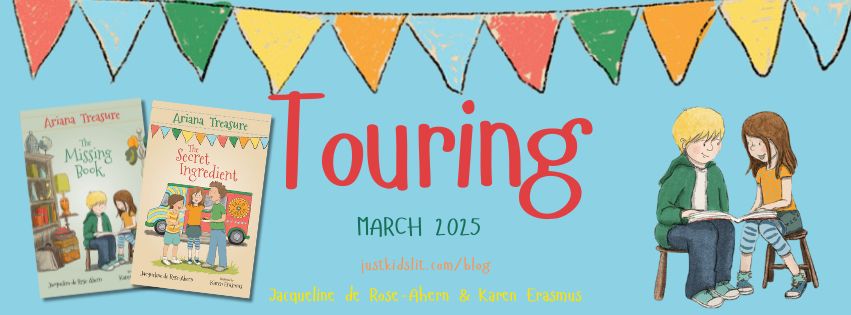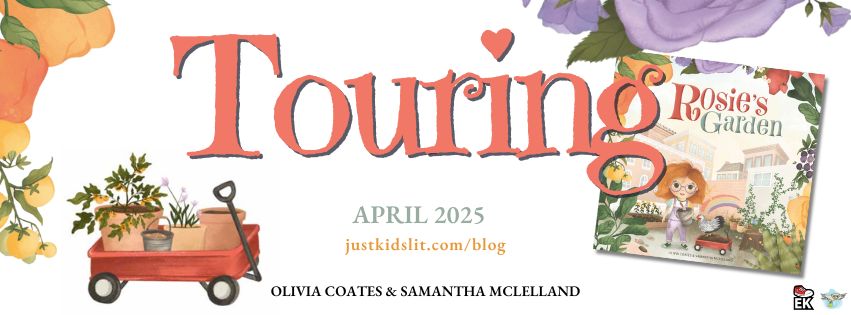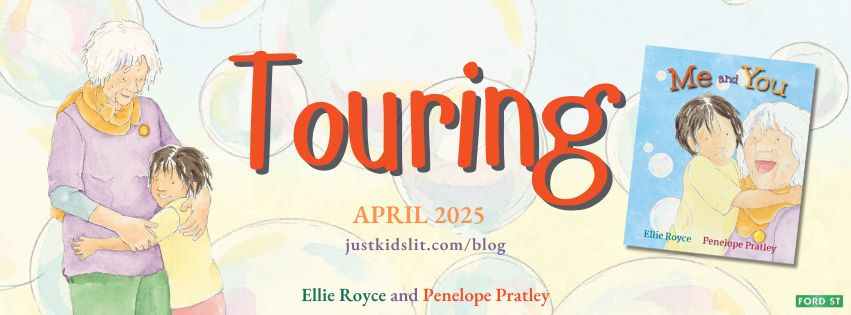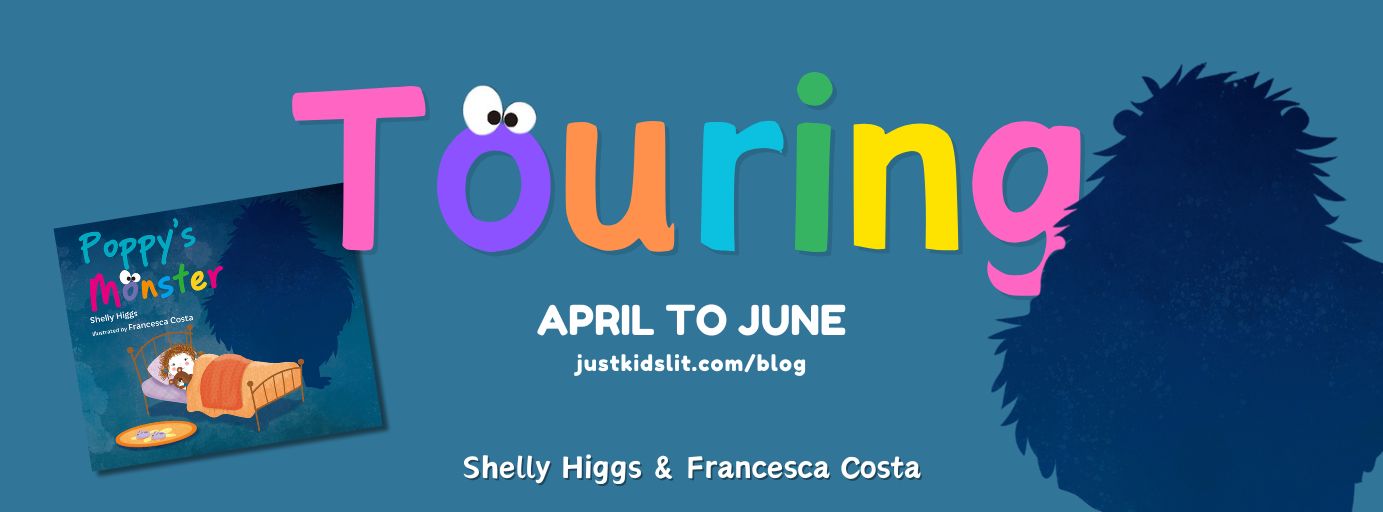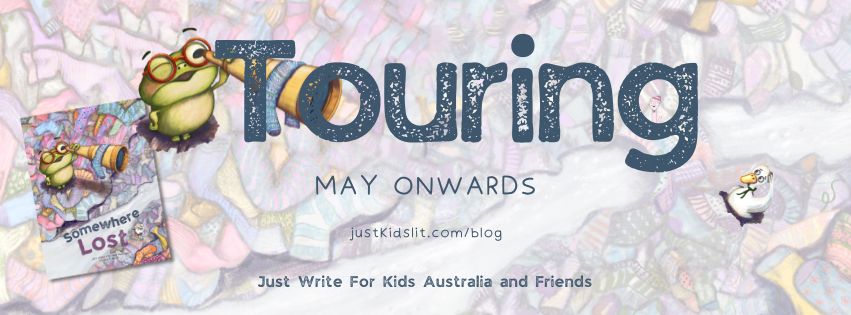#WhoDressesGod? #blogtour #booksontour #day3
It’s been a long journey since the initial conceptualisation of Who Dresses God? came into being. Thankfully, Teena takes us through her inspirations, motivations and road to publication, as well as her favourite moments when creating this special book. A must-read interview! 😇
Teena, congratulations on the new edition of the special story, ‘Who Dresses God?’!
You have mentioned that the story was inspired by your daughter as she asked this question as a child. Can you tell us about that moment and what her interest in God meant to you?
 When my children were small we always tucked into bed straight after lunch for story time and a nap. One day my younger daughter, who was about three at the time, asked me who looked after God. Ariane had been on a visit with my mum and apparently they’d had a conversation that had raised a lot of questions in her mind about this invisible being who could see, hear, speak and know everything, yet didn’t have eyes, ears and tongue like we did. The conversation took me by surprise because we weren’t a religious family and didn’t read the Bible or go to church and neither did my own or my husband’s family. However I grew up being involved in many kitchen table discussions about spirituality and the deeper meaning of life and was always encouraged to question everything. When my children came along I loved their curiosity about the world and everything in it and always took the time to enter into long discussions and respond to anything they asked as simply and honestly as I could. So when Ariane asked, “Who dresses God?” we had an interesting chat before her nap and I thought no more about it until the story popped into my mind a few days later.
When my children were small we always tucked into bed straight after lunch for story time and a nap. One day my younger daughter, who was about three at the time, asked me who looked after God. Ariane had been on a visit with my mum and apparently they’d had a conversation that had raised a lot of questions in her mind about this invisible being who could see, hear, speak and know everything, yet didn’t have eyes, ears and tongue like we did. The conversation took me by surprise because we weren’t a religious family and didn’t read the Bible or go to church and neither did my own or my husband’s family. However I grew up being involved in many kitchen table discussions about spirituality and the deeper meaning of life and was always encouraged to question everything. When my children came along I loved their curiosity about the world and everything in it and always took the time to enter into long discussions and respond to anything they asked as simply and honestly as I could. So when Ariane asked, “Who dresses God?” we had an interesting chat before her nap and I thought no more about it until the story popped into my mind a few days later.
This is the second edition of ‘Who Dresses God?’ since the original in 2012. Why have you decided to re-publish it, and what have you found to be the main differences between the processes, then and now?
 This picture book had a long journey to publication. As I mentioned earlier, Ariane was about three at the time her questions inspired the story and she now has teenage children of her own. I submitted the manuscript to a number of publishers at the time and it was accepted twice. The first time it didn’t go ahead because the Australian publisher was unable to secure a partnership agreement with a UK publisher. The second publisher commissioned some illustrations but wasn’t happy with them, then there was a change in management and the project was abandoned. After those two disappointments, the story stayed in my filing cabinet for years. When Dad died in 2010 he left me his lifetime of spiritual writing. As I was sorting through it, I remembered how much he’d loved this story and had hoped it would find a market one day. I signed up for a partnership publishing agreement, commissioned the illustrations and prepared the book for publication. Five years later the company offered their authors the opportunity to take over the publishing, so I did.
This picture book had a long journey to publication. As I mentioned earlier, Ariane was about three at the time her questions inspired the story and she now has teenage children of her own. I submitted the manuscript to a number of publishers at the time and it was accepted twice. The first time it didn’t go ahead because the Australian publisher was unable to secure a partnership agreement with a UK publisher. The second publisher commissioned some illustrations but wasn’t happy with them, then there was a change in management and the project was abandoned. After those two disappointments, the story stayed in my filing cabinet for years. When Dad died in 2010 he left me his lifetime of spiritual writing. As I was sorting through it, I remembered how much he’d loved this story and had hoped it would find a market one day. I signed up for a partnership publishing agreement, commissioned the illustrations and prepared the book for publication. Five years later the company offered their authors the opportunity to take over the publishing, so I did.
The main difference in the process is that I am taking more responsibility for marketing the book instead of handing it over to someone else due to lack of confidence. Thanks to my wonderful friend Karen McDermott of Serenity Press, I have a distributor (Novella Distribution) and I hope more families will be able to share this story, which will always be special to me.
‘Who Dresses God?’ is a beautiful story with a gentle lyrical rhythm. Why did you choose to write it in rhyme, and how do you think it connects with children as a read aloud story?
I didn’t consciously set out to write in rhyme. In fact, I didn’t choose to write this story at all, it came to me unexpectedly a few days after our nap-time conversation. This was one of those rare occasions when the story arrived fully formed like a gift. It felt like it ‘wrote itself’ and all I did was take dictation. The original, unpublished version had a few more verses, which I cut when it came to putting the book together. The other change I made, with advice from a Christian publisher, altered the perspective slightly. In the earliest draft, I wrote God is the summer breeze etc, which now reads God is in the summer breeze etc.
The story is very simply written from the child’s point of view as a conversation on the way to kindy. To a child’s mind, the questions make sense, and my daughter confirmed this when I spoke to her recently about that early discussion. She said, “You looked after me, so it seemed logical to think that someone must look after God.” Using a child’s everyday experiences offers a point of connection to introduce concepts which are far from easy to explain.
What is your ultimate goal for readers to gain out of reading ‘Who Dresses God?’?
I hope it will start conversations between children and their parents and carers about the existence of a higher being, whatever their religious beliefs, and encourage young minds to question our perceptions of this world we share.
What has been your favourite part of the creative process of developing this book? What have been the biggest challenges?
I love the whole process of creating a book, from idea to publication. It was exciting to see the illustrations take shape. The biggest challenge with any book is getting it to readers. There are so many wonderful children’s books out there. However, I do trust that my stories will find the right readers at the right time.
Veronica Rooke’s illustrations stunningly support the tenderness, innocence and spirit that shines from this book. What are your thoughts on how she has portrayed your story? Were there any surprises along the way?
 When I approached Veronica to illustrate the book, I knew she would create something beautiful. We’ve been friends for many years and I am in awe of her artistic ability, so I just handed it over and my only input was that I thought perhaps watercolour would suit the story. Of course Veronica asked what I had in mind but I just gave her a blank look. I had no idea and knew it would be a challenging task to illustrate a topic like this. The cover illustration was a surprise – I was expecting a little girl in a field of flowers with butterflies and birds, but as soon as I saw the clothes line with the dog I loved it. And it has got birds, and a dragon fly and blue sky and sunshine.
When I approached Veronica to illustrate the book, I knew she would create something beautiful. We’ve been friends for many years and I am in awe of her artistic ability, so I just handed it over and my only input was that I thought perhaps watercolour would suit the story. Of course Veronica asked what I had in mind but I just gave her a blank look. I had no idea and knew it would be a challenging task to illustrate a topic like this. The cover illustration was a surprise – I was expecting a little girl in a field of flowers with butterflies and birds, but as soon as I saw the clothes line with the dog I loved it. And it has got birds, and a dragon fly and blue sky and sunshine.
You are a well-experienced author and journalist with many stories and articles under your belt. Do you have any tips on writing great picture books for aspiring writers?
My best advice for anyone who wants to write for children is to get in touch with the child in you. Write authentically, in the way that feels right to you. Read picture books, both for enjoyment and to discover how other authors structure their stories. Leave space for the illustrator to be creative. Keep your text short and try to come up with interesting ways to use language. Every word must count. If you want to write in rhyme, remember that the story comes first. Play with rhythm patterns and try to come up with fresh rhymes.
Most importantly, read your picture book manuscript aloud. Picture books are for sharing.
Lastly, have fun ̶ with ideas and with words.
Thanks so much, Teena! It’s been a real pleasure! 😊
Thank you for the opportunity to share this story, which of everything I’ve written will always be special.
Teena Raffa-Mulligan: website | blog | facebook | twitter | instagram
Who Dresses God?: website | Boomerang Books
Find a divine review of Who Dresses God? by Melissa Gijsbers at Read For Fun! 👕👖👑
Who Dresses God? #BookGiveaway!
Please tell us, ‘Who would you share this book with?‘ for a chance to WIN!
Click the image for details.
Subscribe to Books On Tour to stay in the loop.










